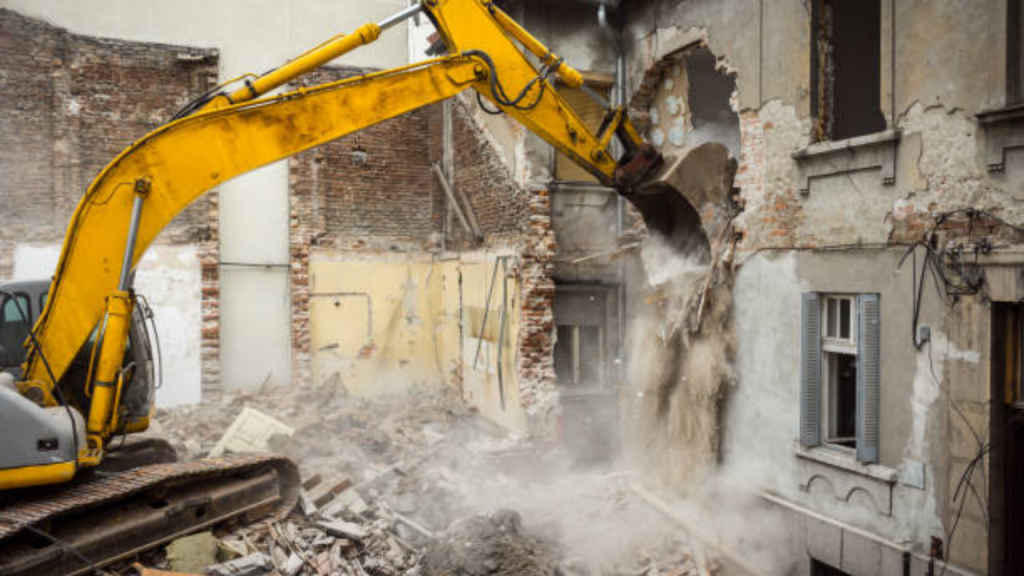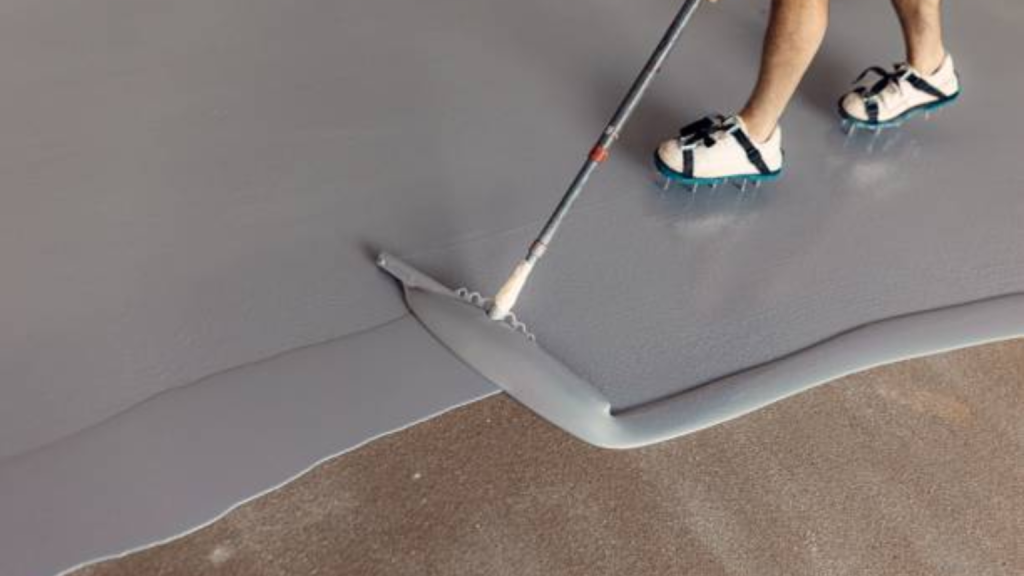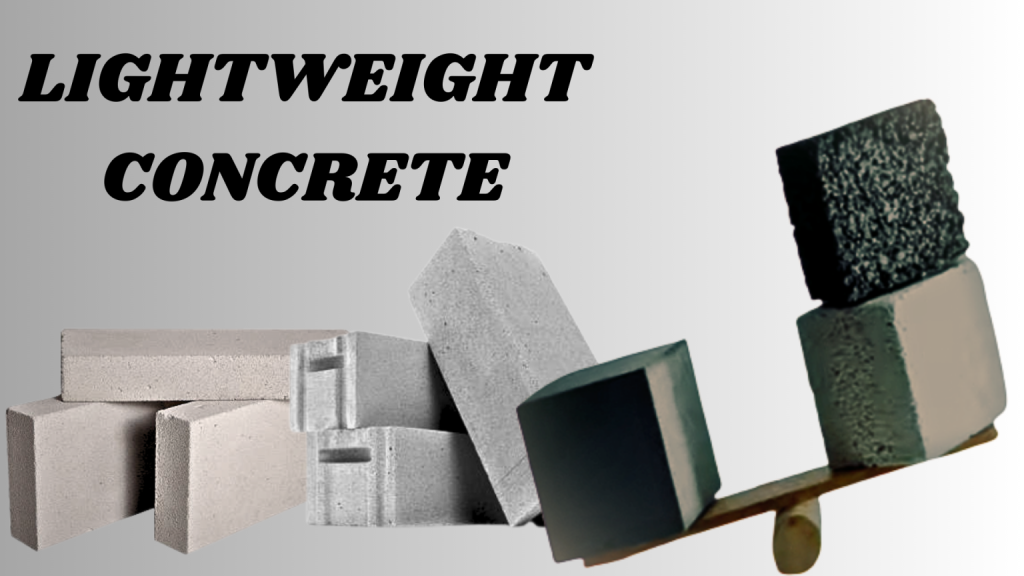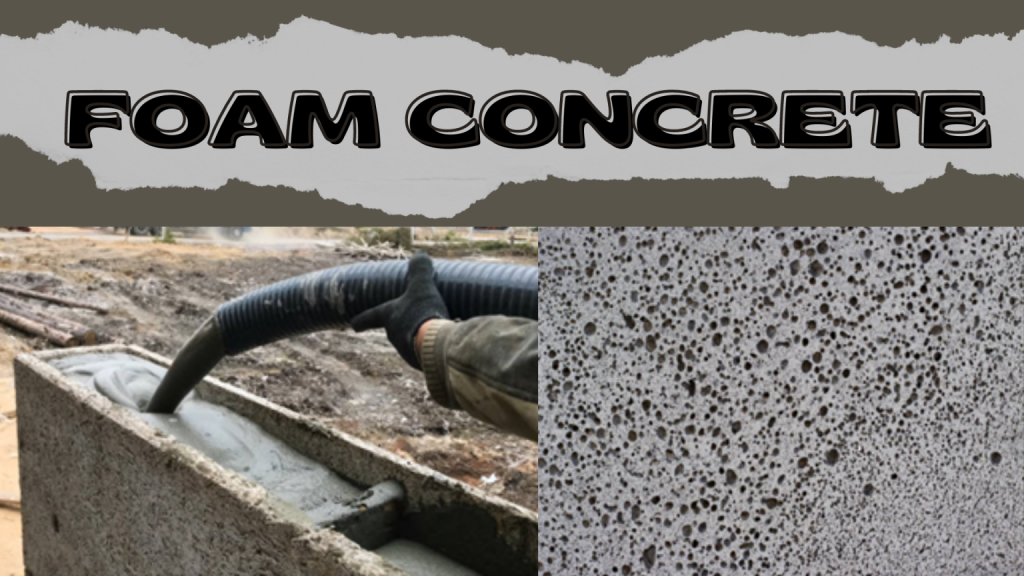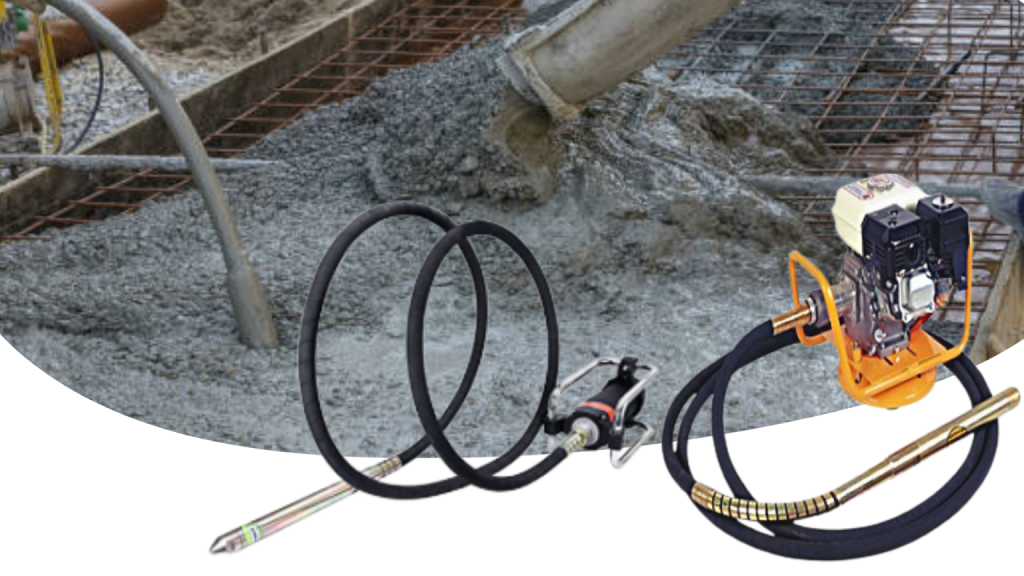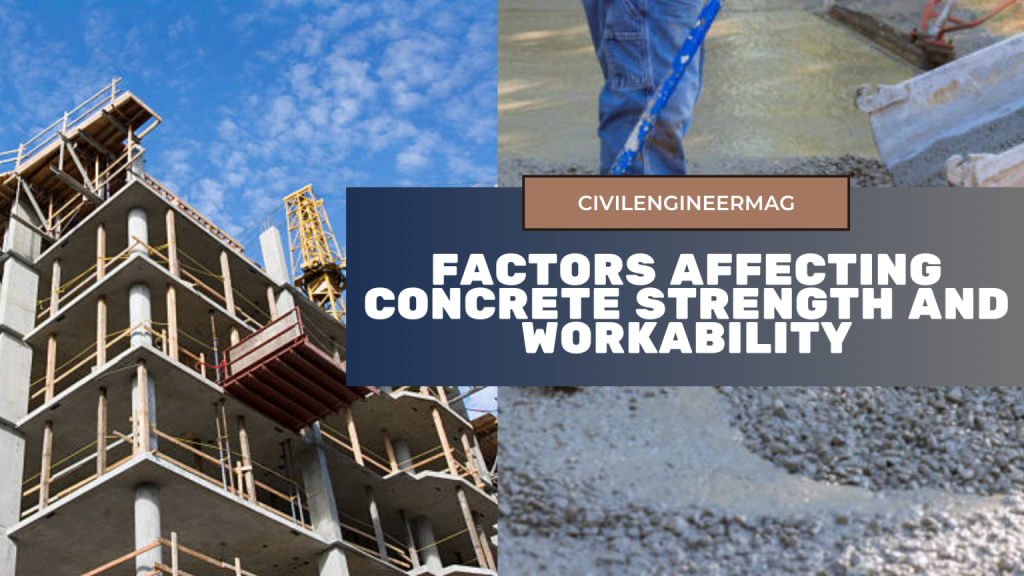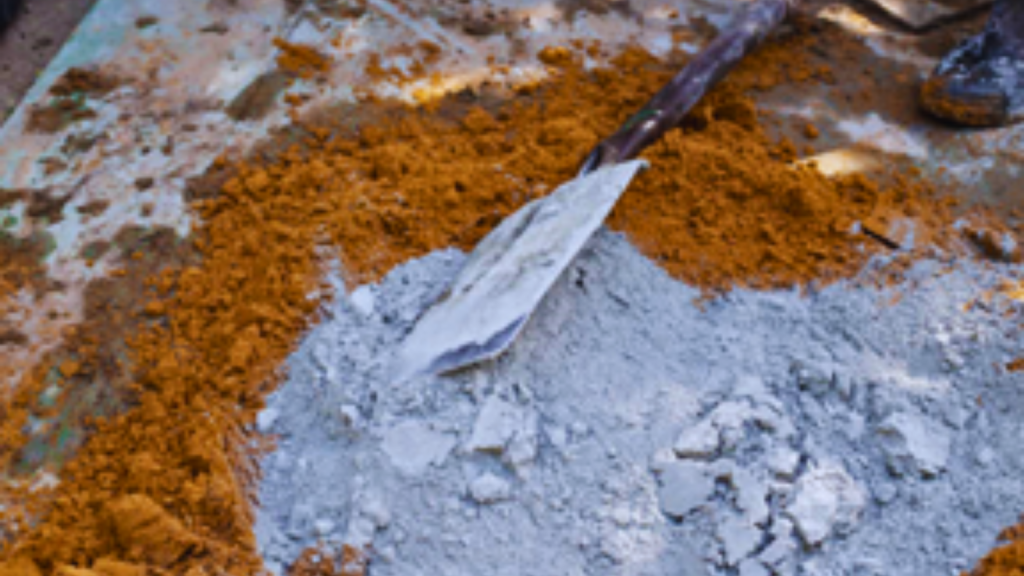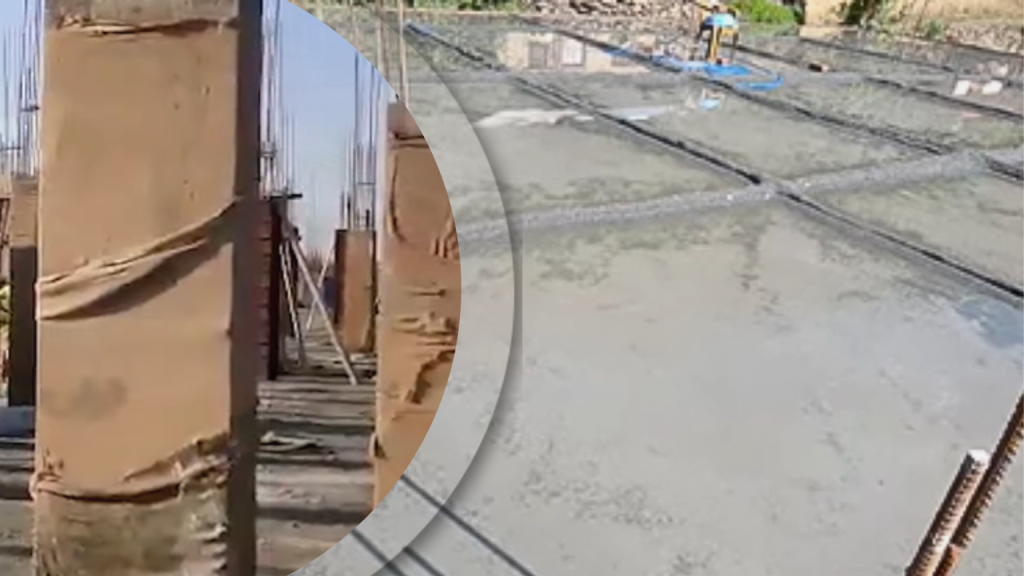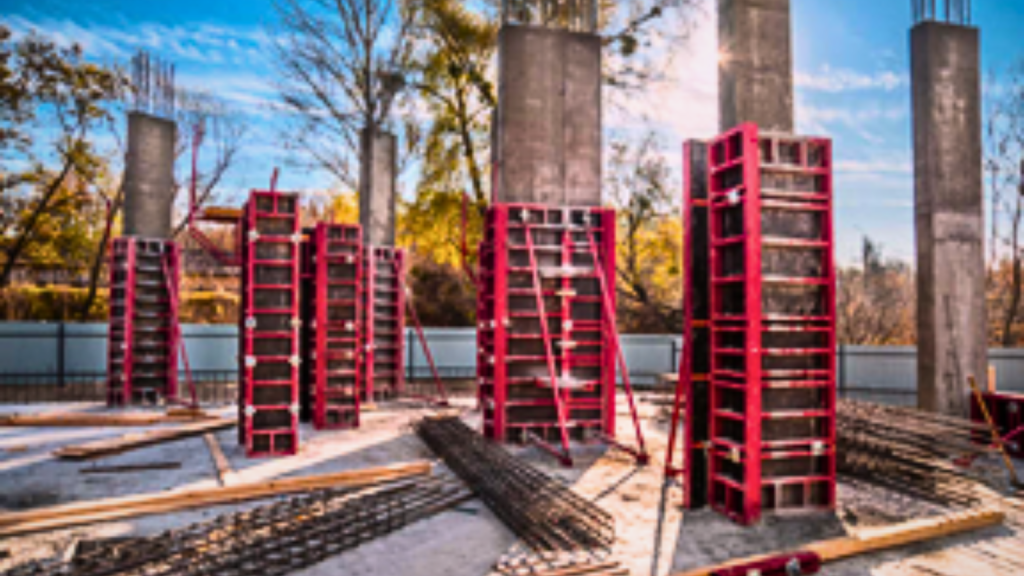Demolition Techniques
In this article, we will explore various demolition techniques commonly used in the construction industry. Additionally, we will emphasize the importance of safety measures during demolition to protect the well-being of workers, the public, and the surrounding environment. Understanding these techniques and safety practices ensures that demolition projects are conducted efficiently, responsibly, and with minimal […]

